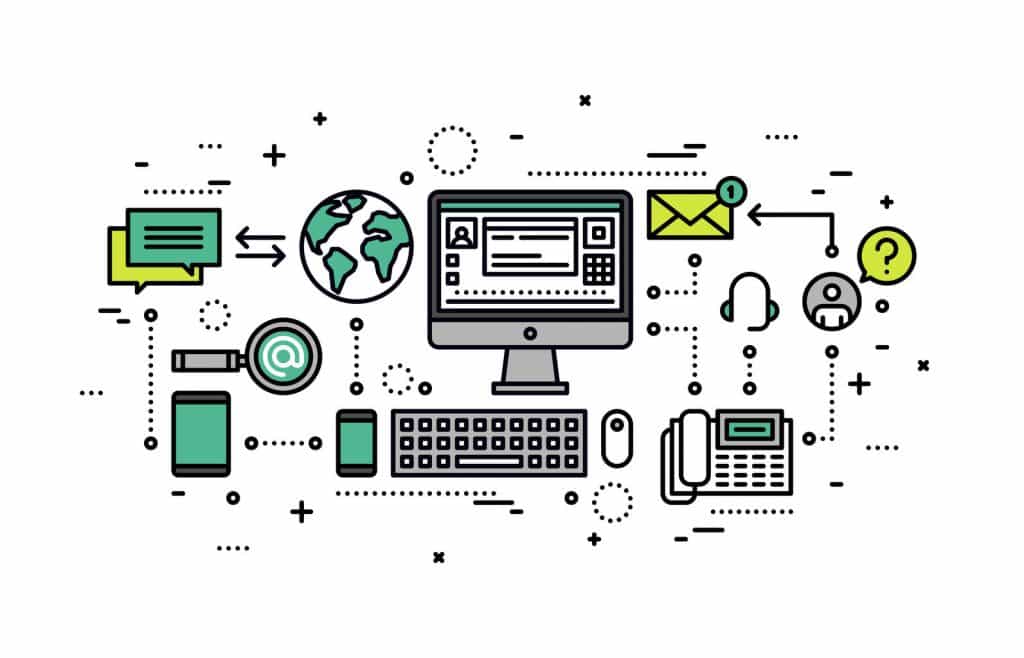
It seems consumers today are blissfully unaware of the amount of damage they are doing to the environment. Although you could argue in their defense that it’s hard for them to make the right choices when they don’t even know what is going on behind the scenes.
Have you ever wondered why every step of the manufacturing process isn’t accurately described in detail and included whenever you by a product? Like what sorts of chemicals and compounds went into manufacturing all of the items we see on shelves? Today, that sort of detailed information is all but invisible to consumers at the time of purchase.
What I think many eco manufacturers should be doing is including much more information with their products. It could be more like a simple food ingredients label for instance, what went into making the thing. But why not go beyond this and include additional disposal information?
Something to aspire to would be to include a lot more product information, such as:
- Where the raw materials were sourced including GPS information if possible. That way you can see which natural spaces are put into jeopardy.
- How the materials were extracted, harvested, processed, refined. That way you can see which chemicals and processes are most harmful.
- The manufacturing method, the production method. That way you can see which methods and processes are most wasteful.
- The amount of waste that went into making the product. That way you can see which products are the least efficient use of material resources.
- Best practices for disposing the product after the useful life is over. That way you can do the right thing by the environment.
The premise is is that being transparent about all the processing steps would give zero-waste manufacturers a huge competitive advantage.
Obviously there is too much information to print onto a little label. It could be included on the instruction sheet, but not everybody keeps those. One way to do it would be to use an NFC chip embedded into the product itself, which then links to a webpage with all of the pertinent information.
You might wonder if it’s a dumb idea to include a relatively non-ecological NFC electronic chip with a compostable, sustainable zero waste product. Isn’t that defeating the purpose? I’m going to answer that in point form:
- I am mostly trying to influence tech-savvy cosumers here and encourage them to think about materials, manufacturing methods and the environment. I don’t think they’re doing that yet. It’s like technology is exempt from the cause and yet it’s one of the leading causes of environmental damage. Electronic waste is a big thing. It’s the elephant in the room and nobody wants to talk about it. The best thing consumers can do is to question more and consume less.
- I’m also trying to convince all kinds of the ill-informed consumers to think about where this new product actually came from and what they are going to do with it when they are finished with it, the “before and after” if you like. Most day-to-day consumers today generally only think of the “here and now”.
- Lastly, I’m attempting to encourage other manufacturers to be more open about their production methods. What chemicals and compounds went into making their widgets? How much energy did it take? How much water? How much waste did it generate? I already know that some of them don’t want to be open because it’s not currently in their best interests to do so. If they copy me, that’s a good thing overall. Copy away!
So I think the negative impact of additional NFC labelling will ultimately be better for the environment if it reduces overall consumption and e-waste and pushes (or drags) my competitors towards a more eco future.
The good news for consumers is that this is not an impossible goal today. Technology actually makes it relatively easy!
Having come up with the idea, I would now like to trial it for real on selected future vayakora products! Yes!! Why not? I am both the CEO and the webmaster of vayakora, so it’s almost “too easy”.
It just so happens that I have an NFC programming device and some spare NFC chips lying around that I will be using for another vayakora project.
Rather than simply make a blog post about this and talk about it forever and ever, I am going to trial this starting today. This is going to happen today. Not tomorrow, today. Today.
I am developing an eco mouse that is made of flax, MDF and cork. It’s currently in the beta testing phase and I am already late sending one off to a beta tester. By the way, if you want to beta test and eco mouse mat, please get in touch with me somehow or else post a reply below.
So I’m going to make this “today’s mission”:
I’m going to create a special webpage dedicated to the materials and manufacturing information about our new eco mouse mat. I’ll outline everything discussed above with respect to that product, how it can be dsiposed and the amount of waste that went into making it. I’m not feeling very confident that I can accurately source where all the raw materials came from (I expect many companies won’t reveal that information due to secrecy), but at the very least I will try – I will ask them. Finally with every new mouse mat, I’ll include an NFC chip that links directly to that webpage.
